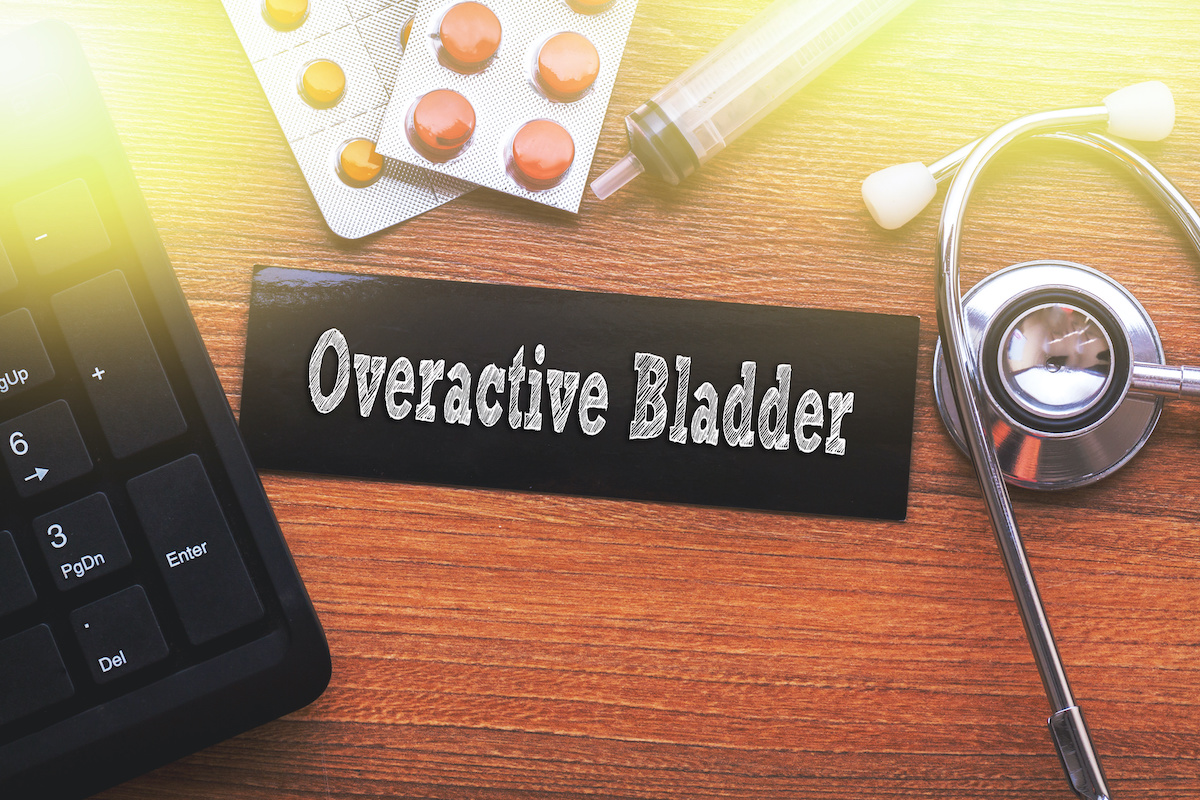If you’ve never heard of Botox for overactive bladder treatment, it may sound a bit strange. Is this the same Botox that is injected by aestheticians for cosmetic use? Yes. But in 2013, the FDA approved botulinum toxin (a neurotoxin produced by the bacterium, Clostridium botulinum) for the treatment of overactive bladder and since then, it has been used with great results for many patients.
What Is Overactive Bladder?
Patients with overactive bladder (OAB) experience a frequent and sudden urge to urinate that may be difficult to control. This may happen many times a day and night and even lead to unintentional loss of urine (also called urgency incontinence). Because urination is a very personal activity, OAB may cause stress and embarrassment affecting a patient’s personal and work life and can lead to social isolation. Luckily, there may be specific causes for these symptoms and they are very treatable. Sometimes behavioral changes like a change in diet, pelvic exercises, bladder training, or oral medication may take care of the problem. But if these don’t work, other treatments are available including Botox.
Symptoms of Overactive Bladder
Patients with an overactive bladder may experience:
- An increase in nighttime urination (nocturia)
- Frequent urination (8 or more times in 24 hours
- Sudden urges to urinate that are difficult to control
- Accidental loss of urine immediately after an urgent need to urinate (urgency incontinence)
How Does Botox Work in the Treatment of OAB?
Botox injections have been shown to produce dramatic improvements in symptoms and quality of life in patients who have received them, and they can be performed in an office setting. Botox works on the bladder for the same reason it works on wrinkles – it relaxes muscles. The procedure is not complicated. Lidocaine, a local anesthetic, is placed in the bladder via a catheter to numb the lining. After 20-30 minutes, a small scope connected to a camera is placed into your bladder through the urethra. The urologist will administer a series of injections of Botox solution into the muscle of the bladder. The injection procedure only takes about five minutes.
What to Expect after Botox Treatments for Overactive Bladder
Approximately 70-75% of patients experience a significant reduction in symptoms and improvement in quality of life. There will be some early improvement, but the greatest benefit comes at about one week. Botox will remain active in the bladder wall for about 6 months and can then be repeated. In most patients the effects last 6-12 months (about 7 1/2 months on average). There is no known limit to the number of treatments a patient may have.
Side effects of Botox Treatment for OAB
There are two side effects associated with Botox injection in the bladder. The first is an increase in the amount of urine left in the bladder after voiding. In most cases, this does not cause any symptoms, but in about 6% of patients, it can require the temporary use of a catheter to help empty the bladder. The need for catheterization usually lasts for 2-6 weeks. The other side effects include blood in the urine or a urinary tract infection

